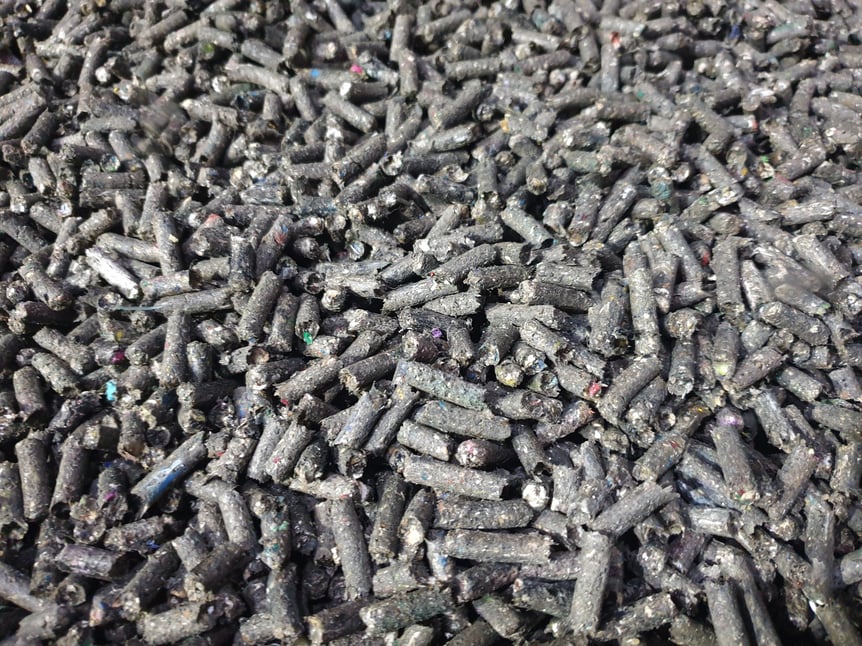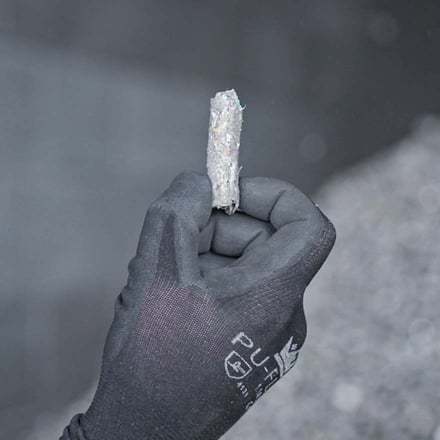Mining and combusting bituminous coal and lignite are terrible for the environment. Coal is still a widely used fuel in energy plants and lime and cement kilns, but there is a more eco-friendly substitute to coal. Research and consultancy organization CE Delft wrote a climate analyse about the new alternative fuel for coal-fired power plants.
CE Delft evaluated the climate impact and overall environmental impact of burning Subcoal pellets in coal-fired power plants. Subcoal pellets are cylindrical 4 cm sticks that get utilised as a substitute for coal and lignite by energy plants and cement and lime installations. Those are produced from non-recyclable waste. The chemical characteristics of Subcoal pellets are comparable to bituminous coal’s characteristics and can be technically treated in the same way.
Research about a substitute to coal
Supposing that one mega joule of Subcoal substitutes one mega joule of hard coal CE Delft’s researchers calculated that each tonne of Subcoal reduces CO2 emissions by 1.263 kg compared to the traditional route to waste incineration plants. Burning 10% Subcoal in coal-fired power plants reduces the life cycle climate emissions of a coal-fired power plant by 7%.
CE Delft supposes that one mega joule of Subcoal substitutes 0.6 mega joules of hard coal and 0.4 mega joules of wood pellets. Compared to the traditional route to waste incineration plants, 645 kg CO2 emissions are being reduced per tonne of Subcoal. Burning 10% Subcoal in coal-fired power plants reduces the life cycle climate emissions of a coal-fired power plant by 3%.
Why not use waste?
The government supports waste sorting, in order that we can recycle lots of raw materials. N+P Group works with non-recyclable residual waste. This non-recyclable waste is being used as raw material for Subcoal pellets.
N+P removes unwelcome material. The material is getting dried if necessary and after that being shredded. After that N+P presses the shredded pieces into pellets. N+P sorts, dries, shreds, sieves and presses the waste till it is a high-quality, alternative fuel.
Prevent, reuse, recycle
More and more initiatives get developed to reduce waste, although the waste stream is still bulky. The best way to handle the waste is to treat it as environmentally friendly as we can. Lansink’s ladder shows the hierarchy of solutions to waste: prevention has the highest priority and reuse has the next. If these options are impossible, recycling is preferred.
High-quality energy recovery from waste is desired if prevention, reuse and recycling are not feasible. Landfill is the most polluting option. Increasingly countries forbid landfill or ask a high price for it, because it results in air and bottom pollution. On one hand Subcoal is a solution to the non-recyclable waste stream and on the other hand it is a sustainable energy source.
Download our strategic guide about the use of alternative fuels like Subcoal within major energy-consuming industries by clicking the link below:



